Double-pronged approach! Comprehensive drills combining techniques and footwork, as well as offense and defense!
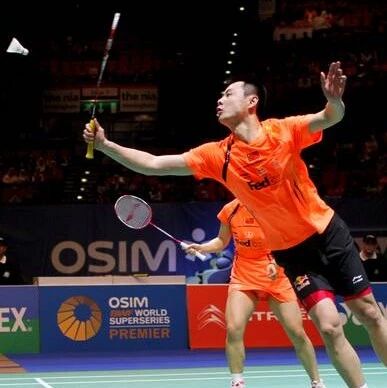
Combining individual basic techniques—such as hand movements and footwork—for practice is known as comprehensive training. This method emphasizes integrating techniques like handwork with footwork, offense with defense, and applying them effectively in both the front and back courts through carefully structured routines. By doing so, it enhances the practical effectiveness of fundamental skills during actual gameplay. Beginners can significantly accelerate their skill development by transitioning to comprehensive practice after they’ve mastered each individual basic technique.
When performing combined drills, you should first establish fixed movement paths and ball-impact points to help master the overall technique, and then gradually transition to practicing without fixed movement routes or impact points.
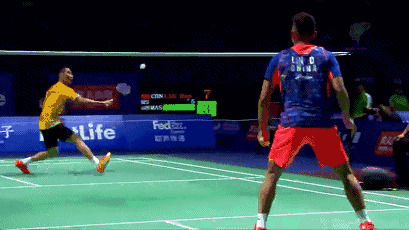
Here are several practice methods introduced below:
1. Hanging Net Practice
Lobbing the opponent's incoming backcourt high shot toward their net, then quickly moving from the backcourt to the net to counterattack with various net-play techniques—this is known as "lob-and-net."
Straight Serve with Netting and Chop Practice
Player A drops a straight lob from the right (or left) baseline into the opponent’s forecourt, and Player B returns the shot back to A’s front court. A then moves quickly to the net, gently chipping the returning drop shot right back into the opponent’s forecourt. Next, Player B lifts the ball high over A’s head, sending it deep to A’s backhand baseline. Finally, A retreats again to the backcourt, executes another lob, and rushes forward once more to chip the ball at the net. This sequence is repeated continuously for practice.
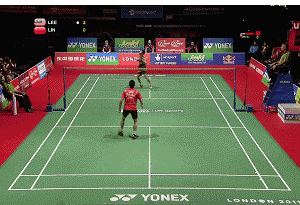
Cross-court drop shot or hook shot practice
Player A drops a cross-court lob from the forehand (or left backcourt) baseline into the opponent’s right (left) forecourt, and Player B returns the lob to Player A’s left (right) forecourt. Player A then approaches the net to play a soft drop shot or a delicate hook shot, while Player B lifts the ball back to Player A’s right (left) baseline. Player A retreats to the backcourt again, hitting another cross-court lob before moving up to the net for another drop or hook. This sequence is repeated continuously for practice.
After becoming proficient in practicing with two fixed landing points and routes, you can proceed to netting drills that involve unpredictable landing points and paths.
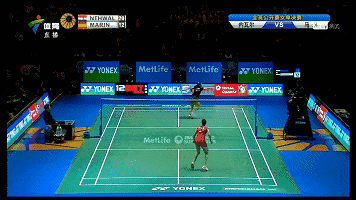
2. Practice killing online
Player A smashes the opponent's high backcourt shot into Player B's court area, then quickly moves from the backcourt to the net to counterattack with various net-play techniques after the opponent returns a drop shot—this is known as "smashing and moving up."
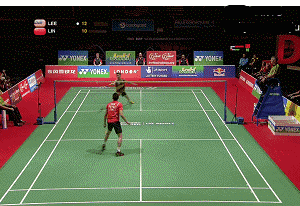
To practice the "smash-to-the-net" technique, refer to the "drop-to-the-net" exercise—but instead of dropping the shuttlecock gently, hit it with a powerful smash. When first practicing this shot, start by focusing on consistent trajectories and landing points. Once you’ve mastered the technique, you can then move on to more dynamic drills that involve varying both the landing spots and shot directions.
3. Hanging and slashing net practice
This is an exercise that combines drop shots and smashes, followed by various net-play techniques as you move to the net.
Half-court lob and net rush practice
Party A returns the opponent's high backcourt shot—whether lobbed or smacked—into Party B's front-court area using either a drop shot or a powerful smash. In response, Party B pushes the shuttlecock back to the net area in front of Party A, prompting Party A to rush forward and execute a net play by dropping, chipping, pushing, or hooking the shuttle. Party B then sends the shuttle back toward the backcourt baseline near Party A’s end line, allowing Party A to follow up with another drop or smash aimed at the net… and so the drill continues in this repetitive cycle.
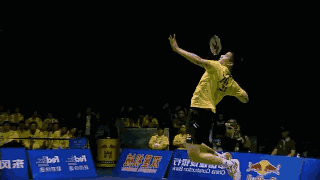
Full-court drop shots and smash-to-the-net practice
Party A hits (or drops) a lob or smash from the backcourt to Party B’s forecourt from any point near the baseline, and Party B returns the shot to Party A’s net area. Party A then moves forward to execute a volley—either a drop shot, push, or hook—and sends the ball back to Party B’s backcourt. Party B responds by hitting the shuttlecock back to Party A’s rear court, prompting Party A to again lob or smash… and so the drill continues in this repetitive cycle.
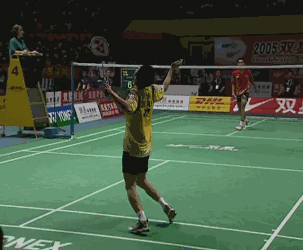
4. Comprehensive Attack and Defense Drill
Half-court offensive and defensive practice
Using half of the court, Party A attacks Party B with high clears, flat topspin shots, smashes, or drop shots, while Party B primarily defends using high clears combined with blocks and delicate net play. In this way, Party B not only creates opportunities for Party A to attack but also allows themselves to practice a variety of defensive techniques in response to their opponent’s offensive moves.
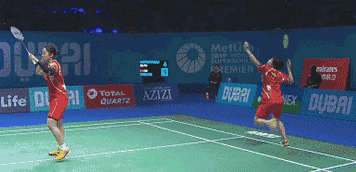
When space is limited, four people can practice simultaneously—this is a commonly used training method.
Full-court, full-game offensive and defensive drills
The requirements and method remain the same as before. However, instead of practicing full-court-to-full-court play, you can also conduct drills in a 2-on-1 format—where two players team up primarily for defense, while one player focuses on offense. Alternatively, you can switch roles to practice both offensive and defensive techniques.
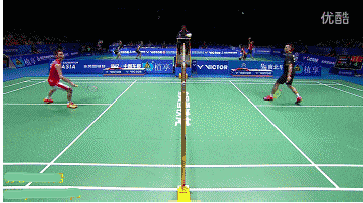
In summary, there are numerous methods for practicing fundamental techniques, and the approaches outlined above primarily serve to help learners apply what they’ve mastered to new situations. Beginners should tailor their practice to their specific circumstances, progressing gradually and organizing their training in a way that feels balanced and sustainable. Additionally, those who have the opportunity can regularly observe the training sessions and competitions of athletes with higher skill levels—this exposure often has a subtle yet powerful impact on enhancing their own abilities over time.


Related Articles
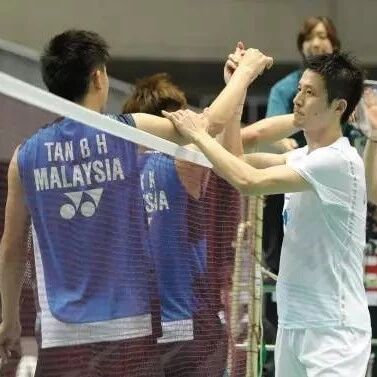
Basic court etiquette: Follow these few rules, and even if you lose, you’ll still be a true gentleman!
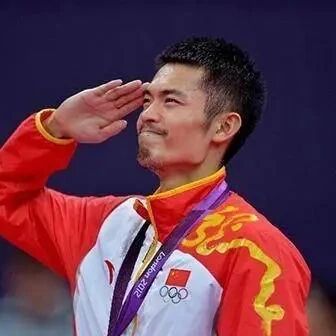
Did Lin Dan's retirement at the age of 37 hinder the development of younger players?
